Chitkul
Chitkul is the last inhabited village near the India – Tibet Border.
Approximately 600kms from Delhi, Chitkul is situated on the banks of River Baspa. Chitkul is a valley in the Kinnaur district of Himachal Pradesh and the last inhabited village in the district. The valley is guarded by gleaming white mountains on all sides as River Baspa gurgles its way through the valley, crushing the silence that engulfs the valley. The buckwheat plantations, when in full bloom immerses the valley in a splatter of color and offers a view that could be your Promised Land.
Reaching Chitkul
Chitkul village in the Kinnaur district of Himachal Pradesh is connected to the rest of the world via the Hindustan- Tibet Road. Buses and hired cabs are available from Reckong Peo for Chitkul. The Himachal roadways buses hold the record of providing its transport services to Asia’s highest village Kibber.

Driving through the herculean effort NH22 (Hindustan – Tibet Road), you will come across lines of brood boxes for Apiculture. The mountain ranges are full of nectar-producing flowers offering a picturesque spot for beekeeping.

The bees are apparently Italian

Staying in Chitkul
Chitkul offers both hotels, homestays, and camps. Alongside the River Baspa, there are plenty of homestays with the warmest and the kindest of hosts who will open their home and hearts to you.
Before entering Chitkul it is required to provide your name, phone number and an identity proof at the ITBP check post. On reaching this tiny hamlet you will be greeted by a signboard stating “Hindustan ka aakhri Dhaba”.
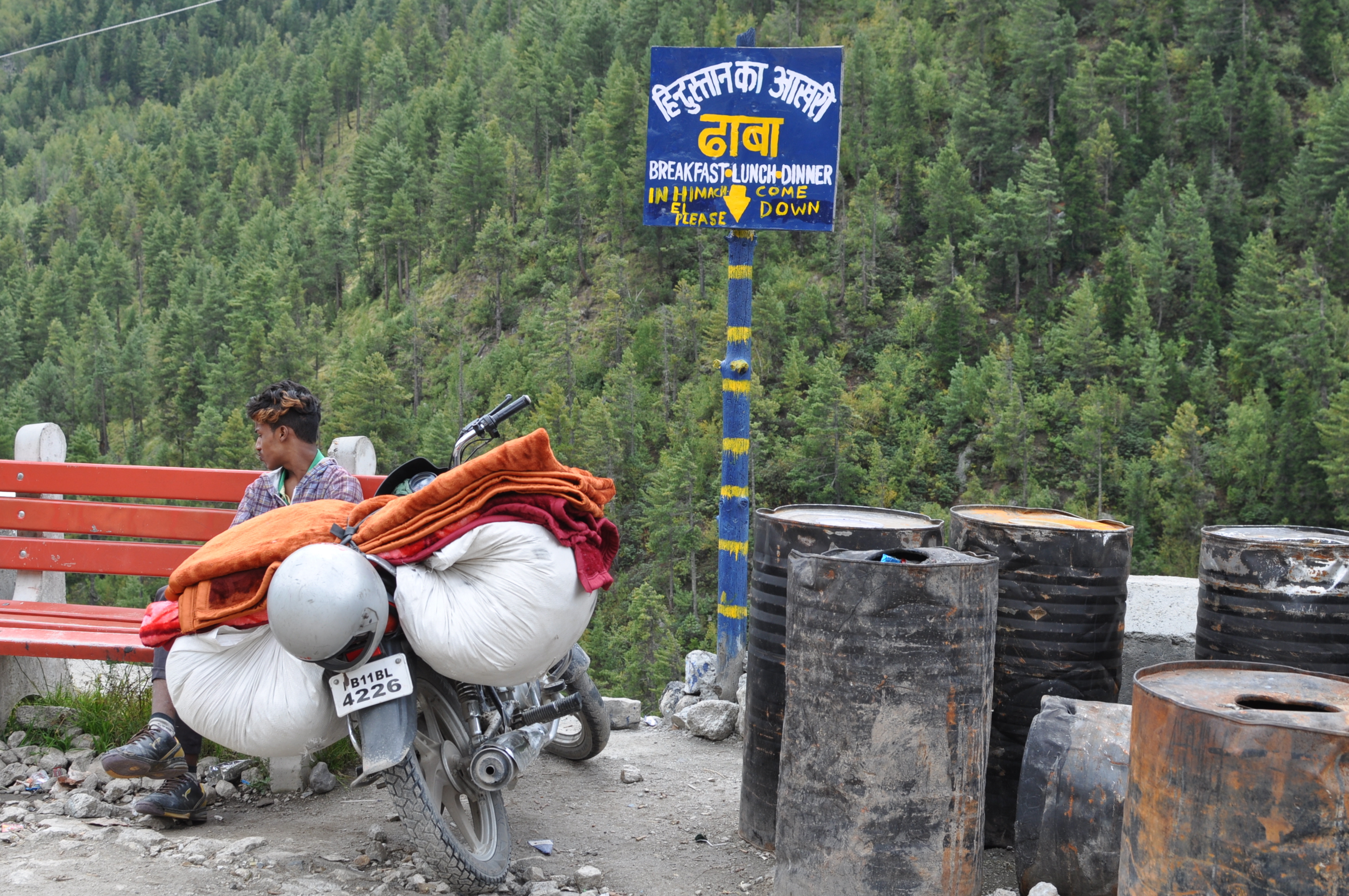
The entire valley is covered in Buckwheat plantations in various stages of bloom
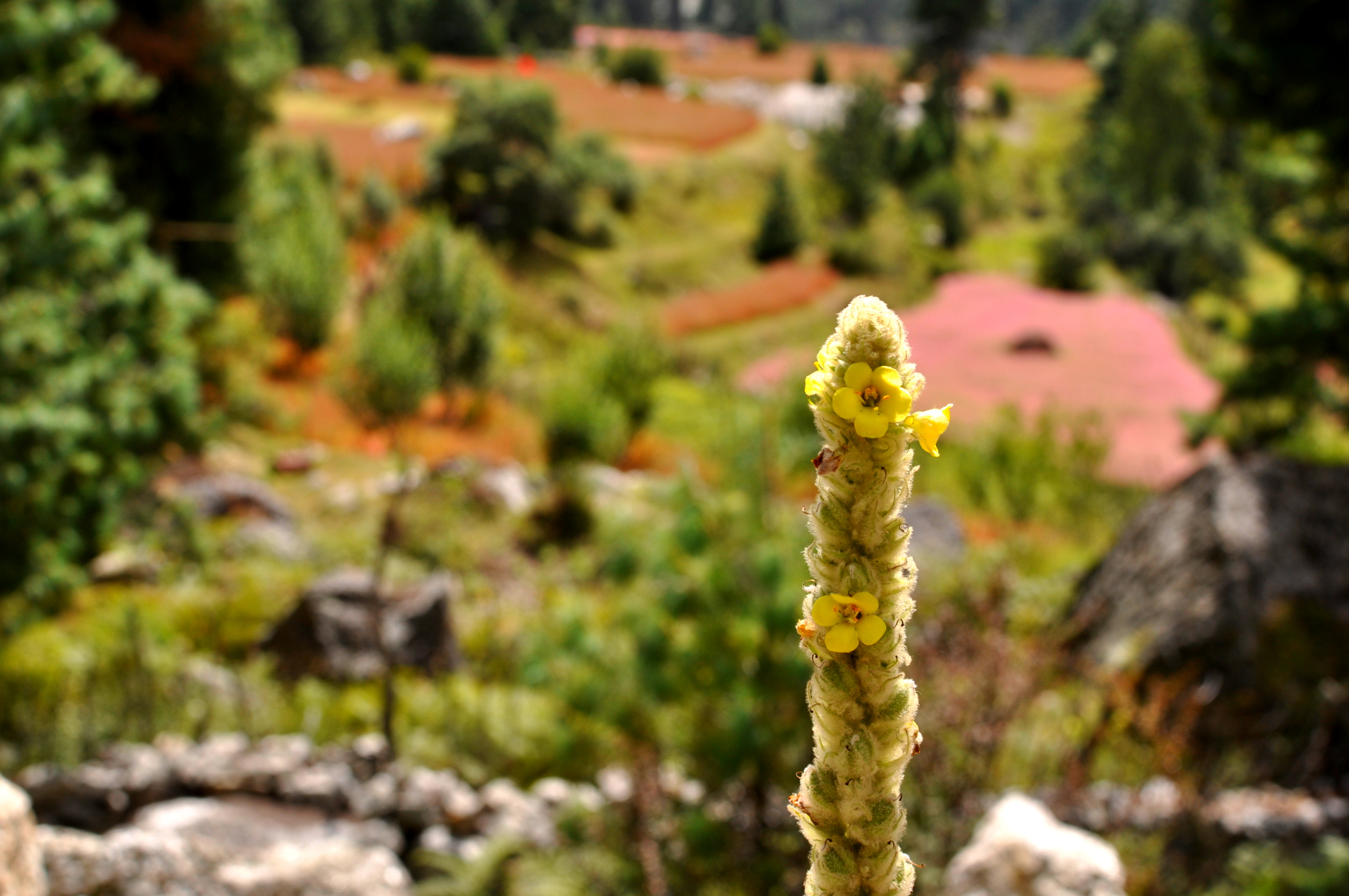
A perfect place for camps
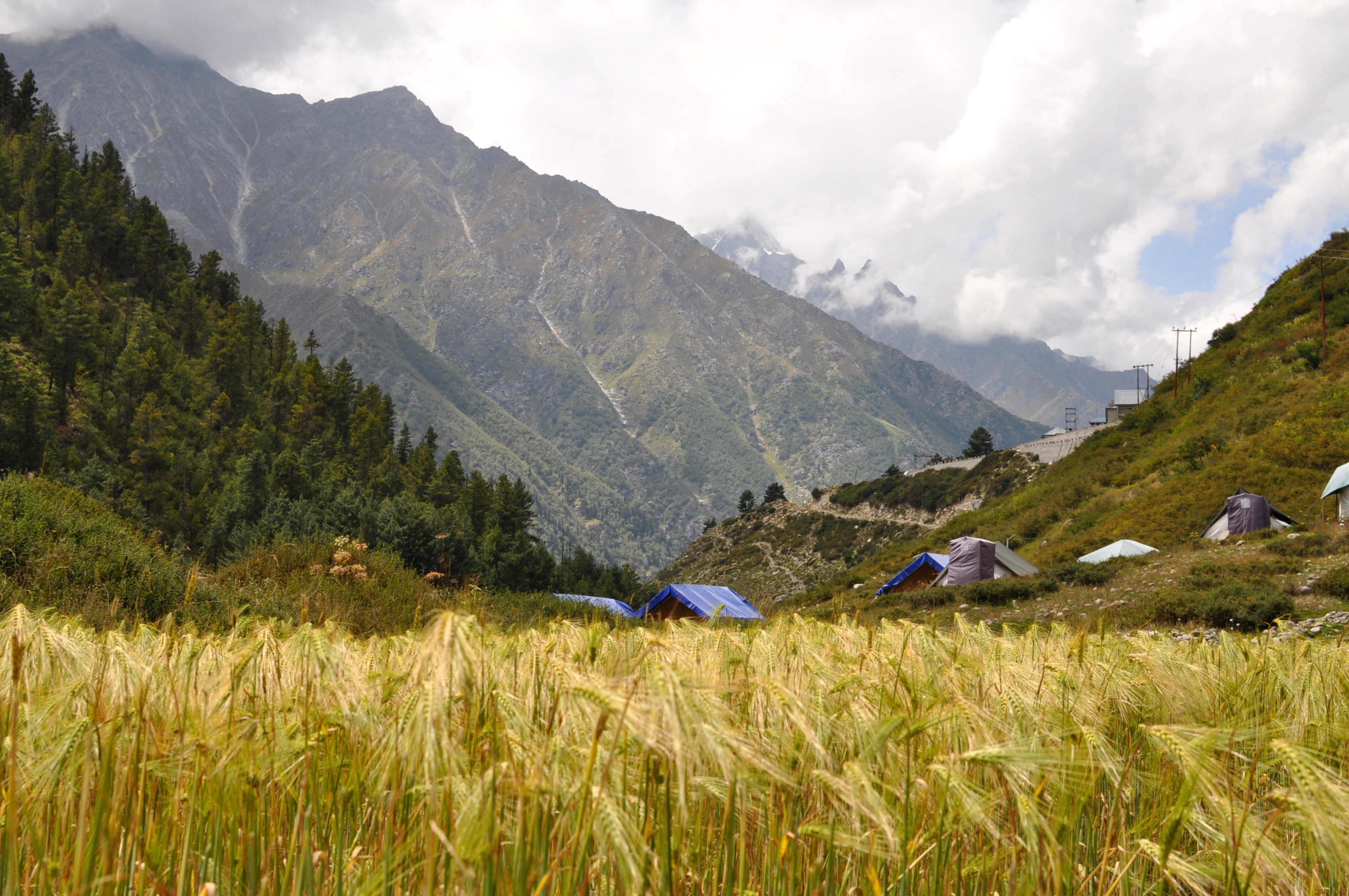
You can walk down to the banks of River Baspa and soak in the ice cold water raging down and shattering the silence of the valley.
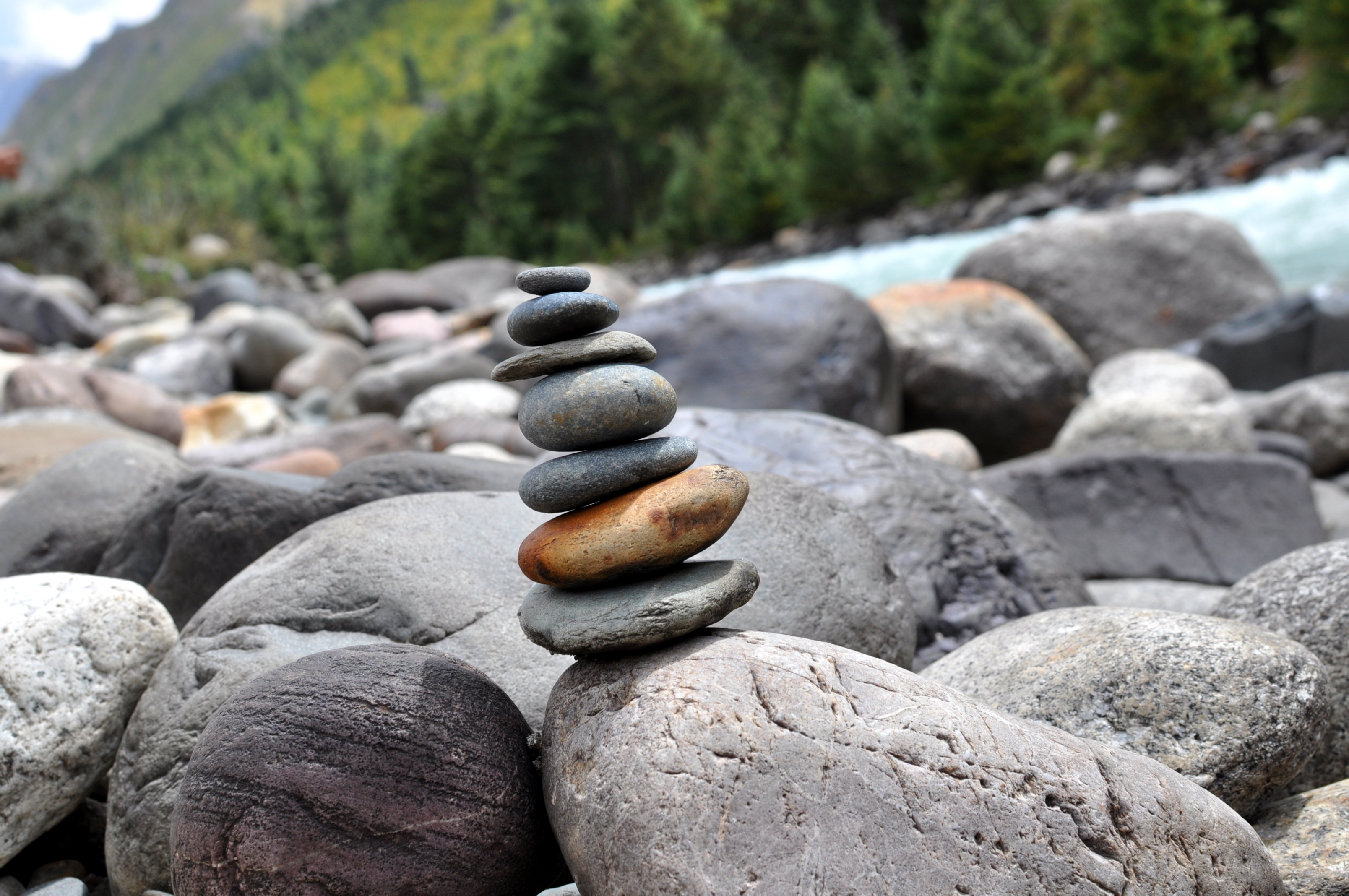
By the banks of River Baspa
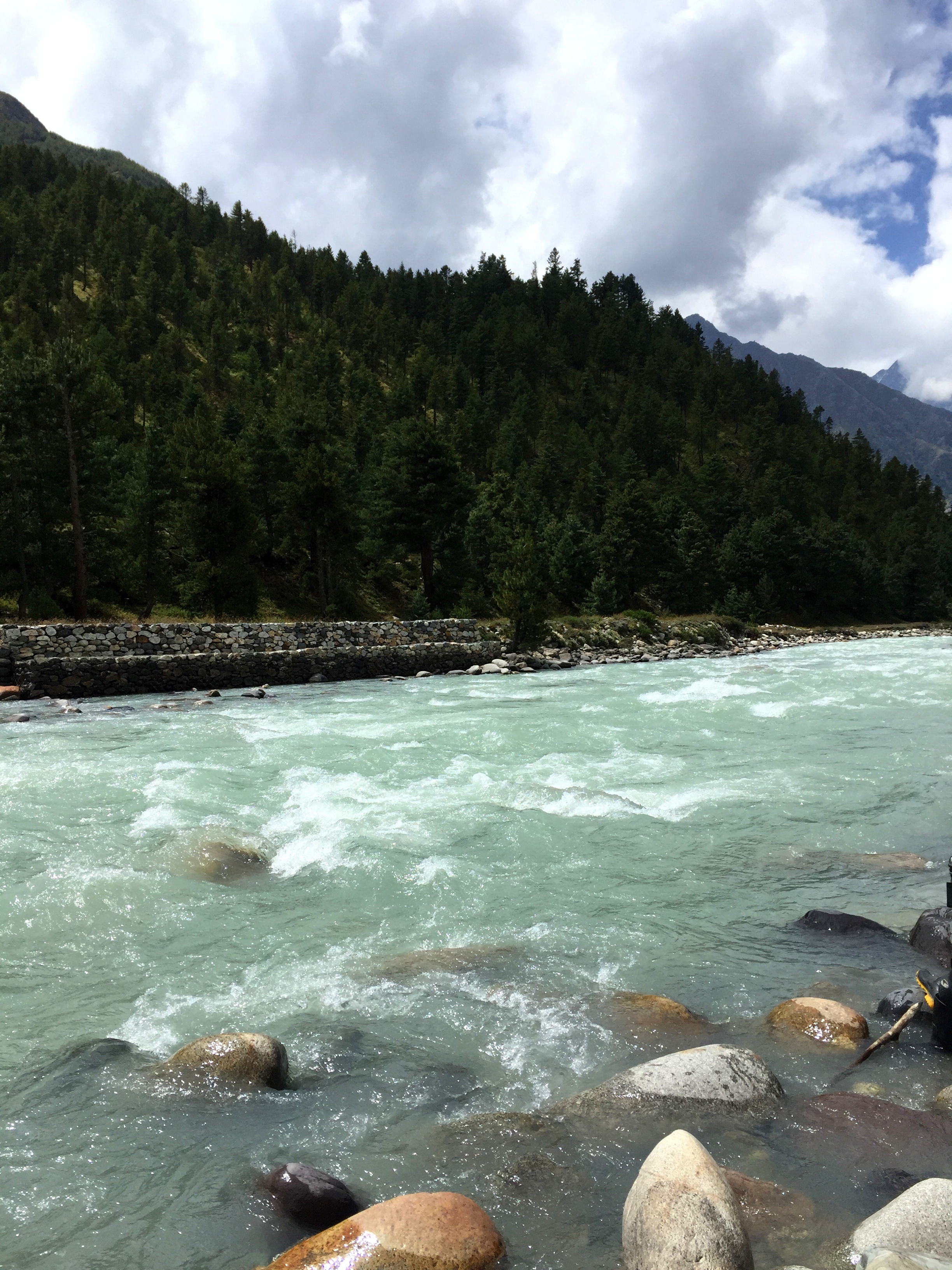
Pinus and Cedrus specie dominate the flora of entire Kinnaur district. Pinus gerardiana also known as Chilgoza pine has a very restricted distribution in India. It mainly occurs in the Kinnaur district.

Throughout the valley, you will come across the Bhoj Patra tree or the Betula utilis. The bark of the Himalayan birch was used for writing scriptures.

one-stop shop

Food in Chitkul
There are a couple of Dhabas or small-scale restaurants that offer basic rice, dal, rajma (kidney bean) and aalo jeera. All the Dhabas also offer Ginger, Lemon and Honey tea which the mountain people consider a natural remedy for altitude sickness. The food looks basic but is perfect for quick and easy digestion.
Our Chef
Stocking up – Winter is coming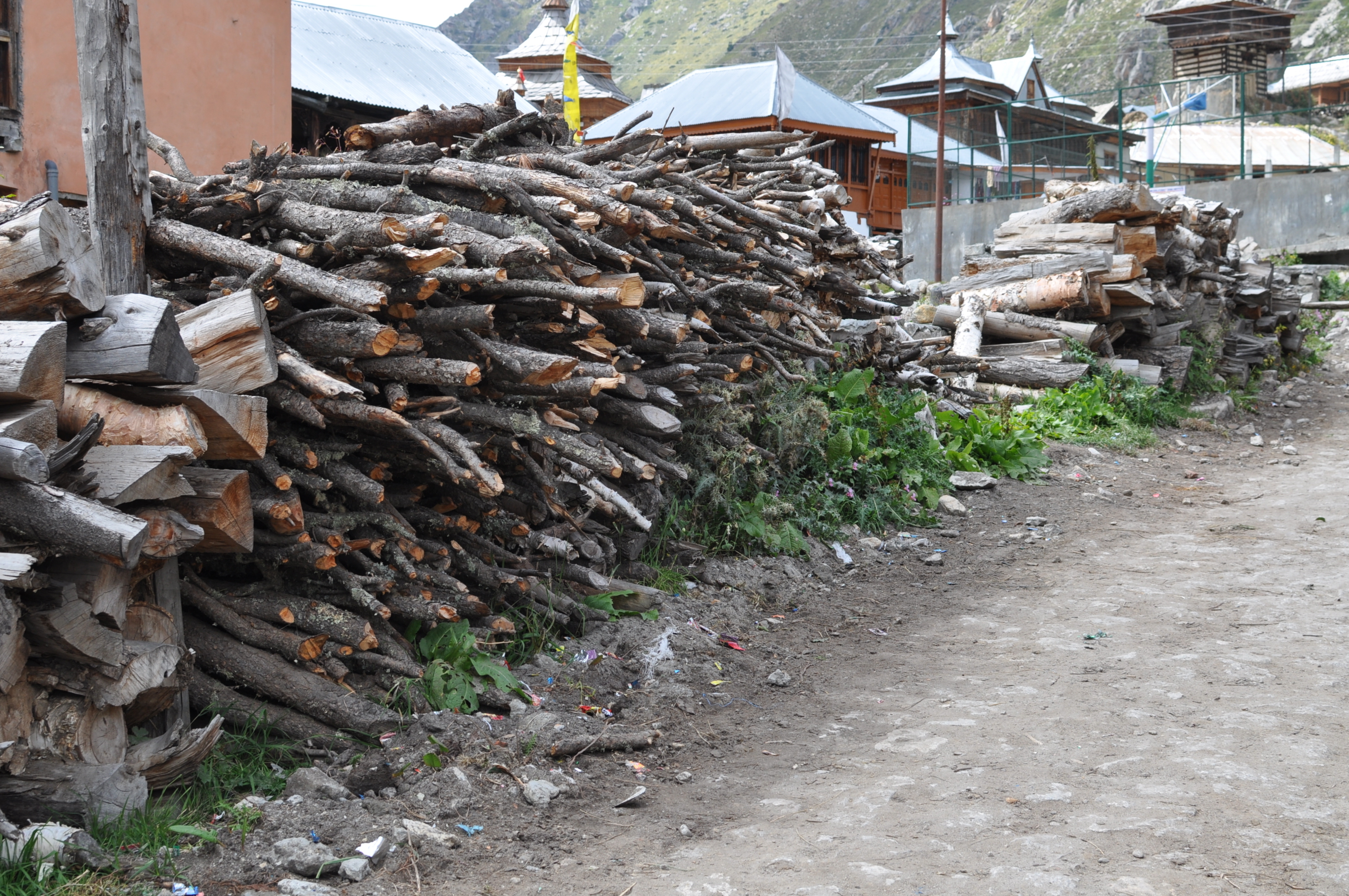
The beautiful Chitkul valley
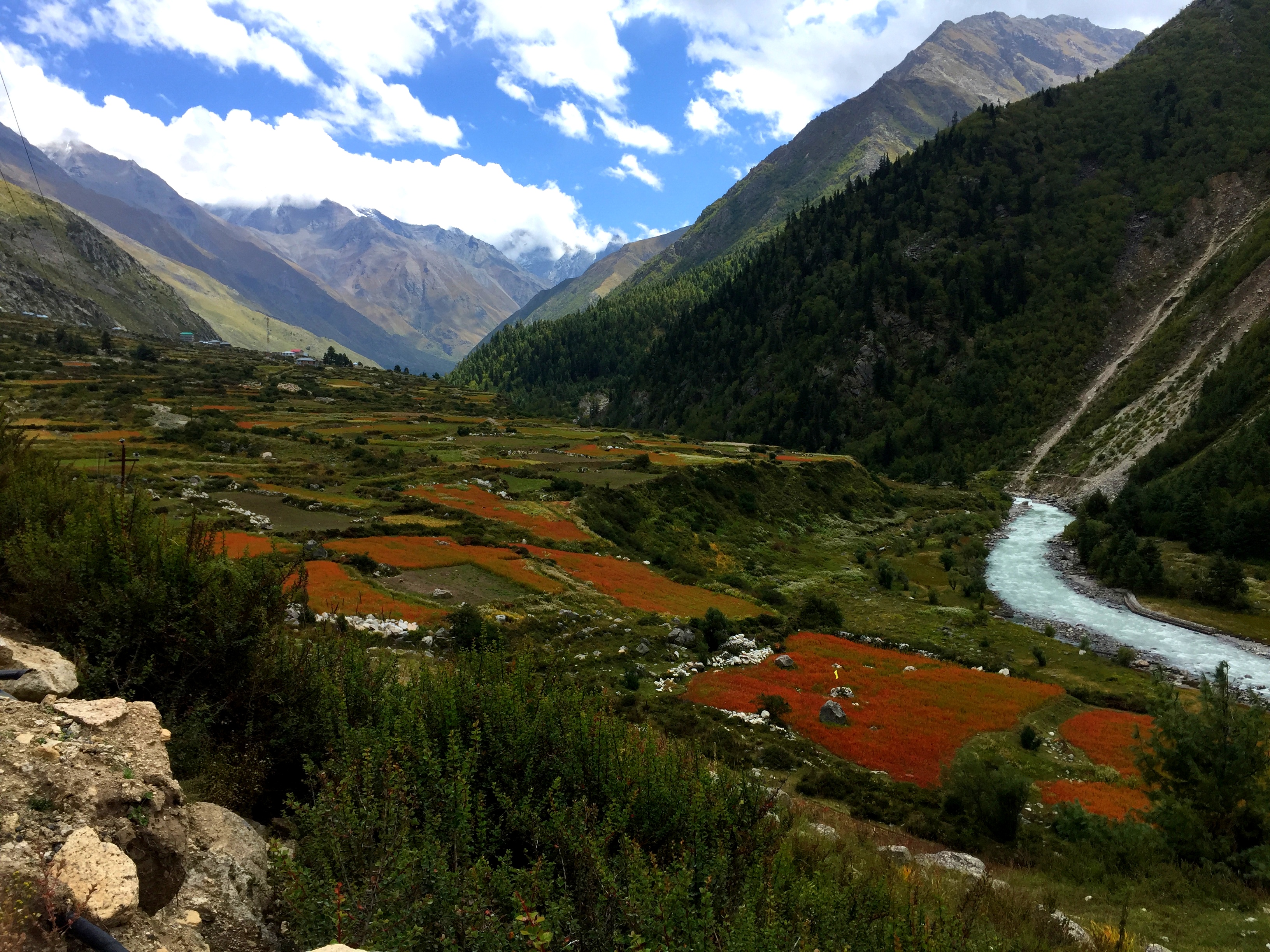
Home-stays
Immerse in this Promised Land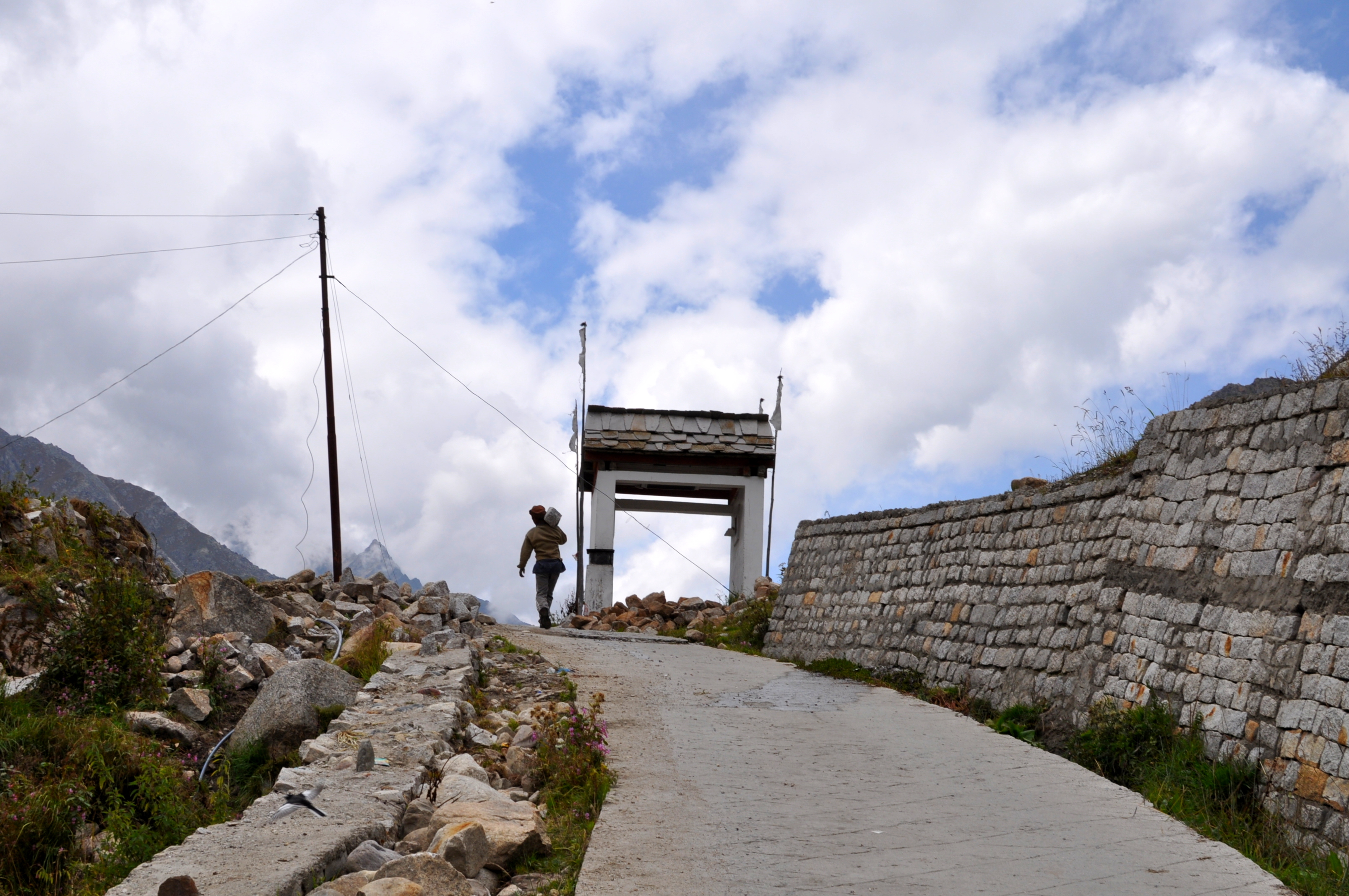
Best time to travel
Winters in the valley starts creeping in from October and covers the valley in a blanket of snow till April end; plummeting the valley in temperatures as low as -10 degree celcius. May to June is the summer with a moderate temperature. Since it’s a valley, so the days can be quite warm. Monsoon sets in by July and stays till August end. Avoid traveling to the valley during monsoons, the recent increase in the number of landslides in the mountains has raised a lot of concern. A massive landslide can block the traffic for days. We had earlier planned to travel in the month of August but back to back landslides forced us to postpone our plan to September, which proved to be a blessing. The entire valley is in full bloom in the month of September.

Visit this beautiful valley tucked away in the snow-clad mountains.
If you wish to get the regular updates from this Rah Geer, subscribe to this blog by entering your e-mail address. You can also follow us on Facebook and Instagram. Also, if you need any help or suggestions with the home-stays or your travel plan, don’t shy away to drop an e-mail. We are more than happy to share our experiences.
Be Safe. Keep Travelling.
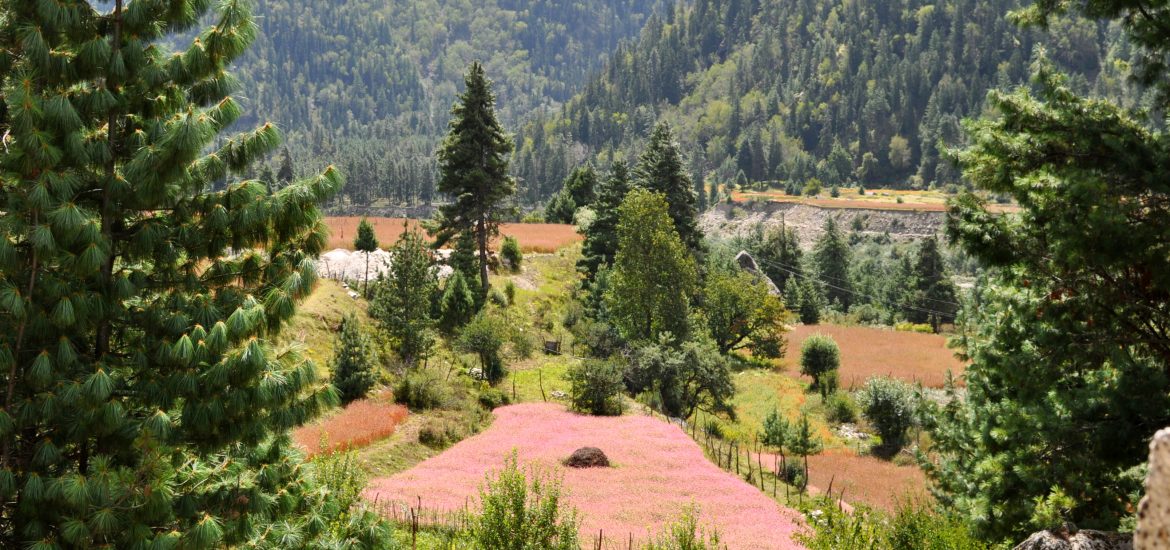
Beautiful!
Just Awesome… Chitkul stole my heart… Awesome description di and your concern was the highlight here…
Beautiful write up.. Chitkul is also first base camp for Lamkhaga pass trek and Borasu pass trek. People of Kinnaur maintained trade and cultural relation with Garhwal through these routes.
Hello Sonu, I didn’t know that. Thank you for the information. I want to go back to Kinnaur someday and spend some more time there. I took that route for Spiti, and stayed in Kalpa only for a day. Chitkul is so serene, definitely going back there.
These photographs have many stories to tell. Nice write up…
Thanks Rajat 🙂